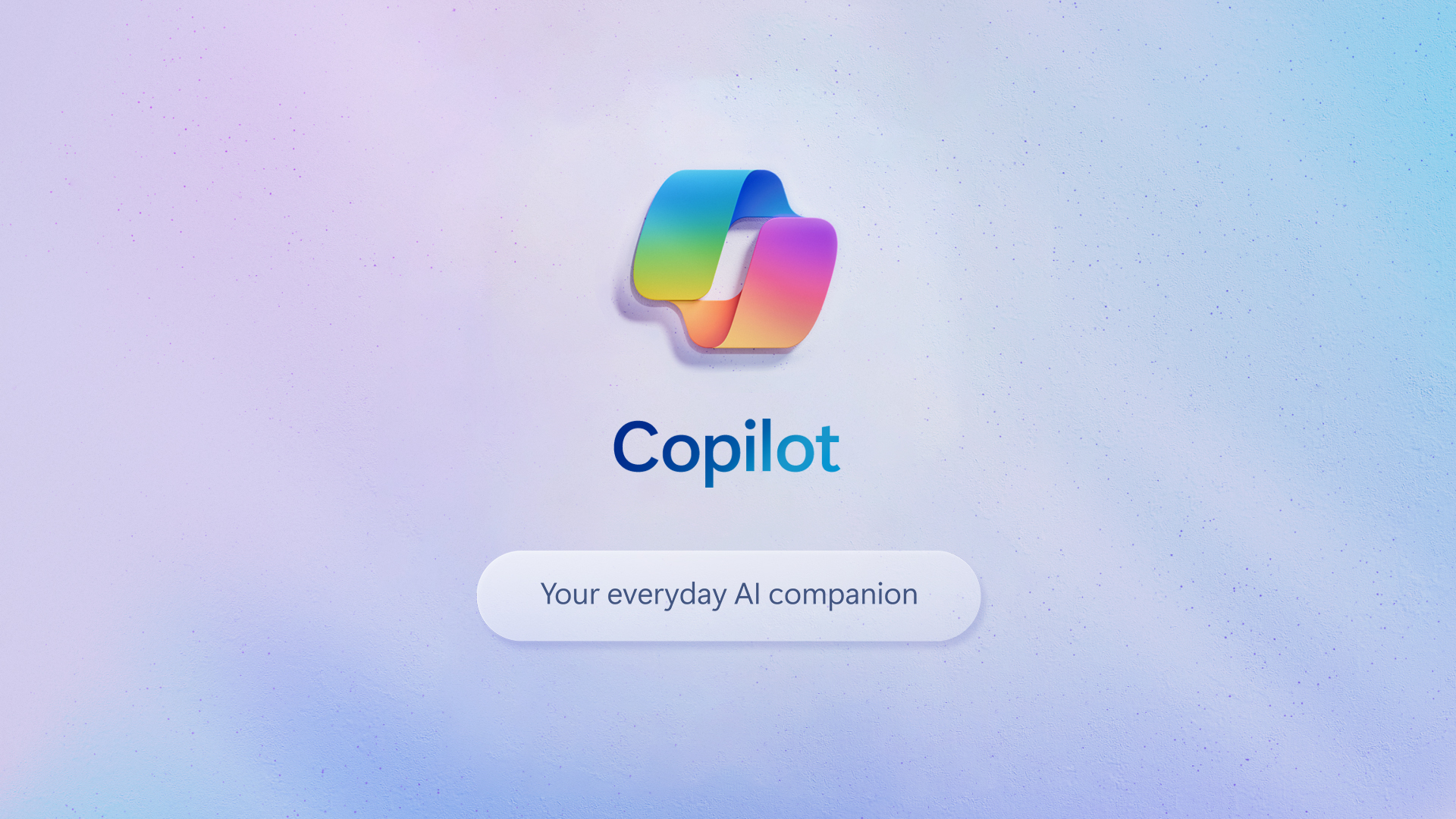In our increasingly interconnected world, where digital devices have become a necessary part of daily life, cyber security has emerged as a paramount concern but is sometimes not recognised as a big enough risk.
Cyber threats are constantly evolving, becoming more sophisticated and relentless with each passing day. In this landscape, where cyber-attacks can have devastating consequences, keeping your devices up to date with the latest software is not just a best practice; it's a critical line of defence.
All devices, whether this be desktop PCs, smartphones, tablets or laptops, run a large amount of software for just about everything we use them for; creating documents, design, filming and photography, social media, emails... the list goes on. If these are not regularly updated, there becomes a gap for cyber attackers to exploit as they can use the out-of-date software to access unprotected security holes. This is where patching comes in, which is the act of updating software and closing these gaps, to limit the vulnerabilities attackers can exploit.
The evolving cyber threat landscape
Cyber criminals are relentless in their pursuit of exploiting vulnerabilities in software and hardware. They actively seek weaknesses to infiltrate systems, steal sensitive data, and wreak havoc. As technology advances, so do the methods and tools at their disposal. Thus, it is crucial for individuals and organisations alike to remain vigilant and proactive in their cyber security measures.
Software updates: The first line of defence
Software updates, often referred to as patches, are a primary means of addressing vulnerabilities in operating systems, applications, and devices. These updates are released by software developers and manufacturers to fix bugs, enhance functionality, and, most importantly, patch security holes. Neglecting to install these updates can leave your devices and systems exposed to cyber attacks.
1. Patching vulnerabilities
One of the most common ways cyber criminals gain access to systems is by exploiting known vulnerabilities in outdated software. When a vulnerability is discovered, developers work diligently to create a patch that closes the security hole. However, for the patch to be effective, it must be installed on the affected systems. Failing to do so leaves your digital fortress with an open gate for cyber intruders.
Patches hold significance as they address known vulnerabilities in products that malicious actors can exploit to compromise your devices. The introduction of new security features enhances the difficulty for attackers to successfully breach your devices. In the event that attackers do manage to compromise your devices, they could potentially steal data, encrypt your files, or render your device inoperative. While numerous devices and applications have the capability to install updates automatically, there may be occasions when they require some assistance from the user. Therefore, it's essential to remain vigilant and monitor updates to ensure they continue functioning smoothly.
2. Protection against malware
Malware, such as viruses, worms, and ransomware, continues to be a pervasive threat. Cyber criminals use vulnerabilities in software to deliver malicious payloads to unsuspecting users. Regular software updates include security enhancements that can identify and block these threats, keeping your data and privacy intact.
3. Safeguarding personal information
We store a wealth of personal and sensitive information on our devices, from financial data to personal photos. Keeping your software up to date ensures that your privacy is protected. Outdated software may lack the necessary security measures to keep your personal information safe from prying eyes.
4. Enhancing device performance
Besides the security benefits, software updates often bring performance improvements, bug fixes, and new features. Your device can run more efficiently and offer a better user experience with the latest software. It's a win-win situation: better security and a smoother user experience.
Which types of software should you be keeping up to date?
Web browsers and extensions: Web browsers are particularly vulnerable due to their complexity. It's crucial to keep them up to date, as the websites you visit could potentially exploit any flaws in outdated versions.
Antivirus software: If you use antivirus or endpoint security apps, regular updates are essential. These updates not only include bug fixes and new features but also incorporate new malware signatures to detect recently identified threats by antivirus companies. Keeping your antivirus up to date is vital for robust cyber security.
Third-party apps: Take care to keep all apps you install up to date. While some apps update automatically, others may require manual updates through your device's app store. Don't overlook this step to ensure the security and functionality of your applications.
Operating System (OS): Most operating systems support automatic updates, which are typically enabled by default. However, it's important to check that this feature is enabled, as it could have been turned off.
Best practices for keeping devices updated
Enable automatic updates: Most operating systems and applications allow users to enable automatic updates. This ensures that you receive the latest patches and security updates without having to manually check. In some instances, automatic updates may not install for a number of reasons such as:
- Device isn't connected to Wi-Fi
- The device isn't connected to a power source
- Low battery charge
- Automatic Updates disabled in device settings
- Not enough device storage
- Device needs restarting
- Automatic Updates don't align with your organisation's BYOD policy
It is worth considering these things and checking regularly. Where automatic updates are not possible, ensure you manually install updates within the first few days of being notified about it.
Regularly check for updates: Automatic updates may sometimes not be successful so it's good practice to check from time to time if an update is available. For devices or software that don't support automatic updates, make it a habit to check for updates regularly.
Check device support: Most devices, operating systems/servers and apps will only be supported for a certain amount of time before they reach an end-of-life stage, where they no longer receive updates and general support e.g. Microsoft Server R2. It can be difficult to find out when this happens, or sometimes can just be forgotten but it's extremely important to check that all important software or data on these older systems will still be supported by the developer. When you are able to, you should replace unsupported devices and software.
Don't ignore firmware updates: In addition to software updates, firmware updates for devices like routers and smart home devices are critical for security. Keep them up to date as well and automate these if you can.
Verify updates: Be cautious of fake software updates delivered through phishing emails or malicious websites. Always verify the authenticity of an update before installing it.
Backup your data: Before diving into software updates, it's a wise move to safeguard your data by creating backups. This precautionary step ensures that your valuable information remains intact. Additionally, for those overseeing a multitude of devices, it's a good idea to initially test updates on a smaller subset to verify the continued functionality of essential apps. However, don't linger too long during the testing phase. Once updates become available, swift action is advisable, as cyber attackers can swiftly identify and exploit vulnerabilities that have been patched in the updates.
Recommendations for organisations to manage updates
-
Prioritise automated updates: The foremost step is to enforce the use of automatic updates through your organisation's Mobile Device Management (MDM) service if you can. This ensures that devices and software stay current with the latest security patches and features. A Mobile Device Management service integrates device applications, inherent device management functionalities, and infrastructure services. These elements collectively allow your organisation to remotely manage, monitor, and enforce policies on employee devices.
-
Effective monitoring: Continuously monitor the status of device and software updates using MDM logs or compliance policies. This real-time oversight allows you to identify and address potential vulnerabilities promptly.
-
BYOD policy enhancements: If your organisation employs a Bring Your Own Device (BYOD) approach, strengthen your security stance by restricting access to corporate data for devices that are not kept up to date. This precaution helps maintain a secure IT environment.
-
User education: Educate your users by providing clear guidance on how to ensure software updates are installed promptly and establish best practices. User awareness is a critical factor in maintaining the security of your IT ecosystem.
-
Staged update deployment: Particularly in large organisations, adopting a staged approach to update management is vital. This method helps prevent disruptions that may occur during updates.
-
Regular review and adaptation: Continuously assess your update management processes. Technology and threats evolve, so it's important to adapt your strategies to stay ahead of potential vulnerabilities.
-
Testing and quality assurance: Before deploying updates broadly, conduct thorough testing and quality assurance procedures. This minimises the risk of compatibility issues or software conflicts.
-
Documentation: Maintain detailed documentation of your updated procedures, timelines, and outcomes. This documentation serves as a valuable resource for troubleshooting and auditing.
-
Vendor communication: Establish open communication channels with software and hardware vendors. Stay informed about their updated schedules and security advisories to act proactively.
-
Employee engagement: Encourage employees to report any anomalies or issues they encounter prior to or post-update. Promptly address and resolve these concerns to maintain productivity and security.
By implementing and continually refining these practices, your organisation can maintain a robust and secure IT environment.
Strengthening your digital defences
In an era where cyber threats are a constant presence, ensuring the security of your digital assets is non-negotiable. Keeping your devices and software up to date is one of the simplest yet most effective steps you can take to protect yourself against evolving cyber threats. By staying proactive and making software updates a priority, you're not just enhancing your cyber security; you're safeguarding your digital future. In the ever-evolving battle between cyber criminals and security experts, keeping your software up to date is a clear victory for your side.








